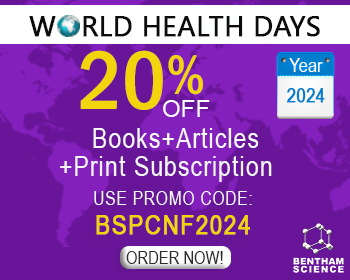Abstract
Carbonic anhydrases (CAs, EC 4.2.1.1) are metalloenzymes which catalyze CO2 hydration to bicarbonate and protons. Five genetically distinct classes are known, which represent an excellent example of convergent evolution. Inhibition of α-CAs from vertebrates, including humans, with sulfonamides was exploited clinically for decades for various classes of diuretics and systemically acting antiglaucoma agents, whereas newer inhibitors are used as topically acting antiglaucoma drugs, anticonvulsants, antiobesity, antipain and antitumor agents/diagnostic tools. Recently, novel interesting chemotypes, in addition to the sulfonamides and sulfamates were discovered, such as the phenols, coumarins/thiocoumarins/lacosamide, fullerenes, boronic acids and some protein tyrosine kinase inhibitors. Furthermore, their detailed mechanism of inhibition has been explained and can be used for the rational drug design of other agents. Such new classes of enzyme inhibitors show promise for designing interesting pharmacological agents and understanding in detail protein-drug interactions at molecular level. CAs belonging to the α-,β-,γ-,δ- and ξ-families found in many organisms all over the phylogenetic tree and their inhibition were studied ultimately in nematodes, corals, some pathogenic protozoa (Plasmodium falciparum), fungi/yeasts (Cryptococcus neoformans, Candida albicans, C. glabrata, Saccharomyces cerevisiae) and bacteria (Helicobacter pylori, Mycobacterium tuberculosis, Brucella suis, Streptococcus pneumoniae), being demonstrated that anti-infectives based on their inhibitors might be obtained. Possible applications for these new chemotypes are envisaged and discussed in detail, based on a chemo-geographical approach which took the author around the world and the chemical space.
Keywords: Carbonic anhydrase, inhibitor, activator, sulfonamide, coumarin, phenol, fullerene, diuretic, antiglaucoma agent, antitumor agent, antibacterial, antifungal agent, Carbonic anhydrases, metalloenzymes, sulfonamides, antiglaucoma drugs, antitumor agents, anticonvulsants, antiobesity, thiocoumarins/lacosamide, fullerenes, tyrosine kinase inhibitors, phylogenetic tree, oligomerization, hypoxic tumors, cytosolic, antiepileptic, CA isozymes, trichloromethiazide, furosemide, chlorthalidone, benzenesulfonamide, lactimic, tautomeric form, intraocular pressure (IOP), hydrophilicity, thioureido, sulfamide analogue, salicylic acid, hexamethylenetetramino, malignancies, Plasmodium falciparum, Cryptococcus neoformans, Candida albicans, C. glabrata, Saccharomyces cerevisiae, Streptococcus pneumoniaea, oligopeptides, bioisosteres

























